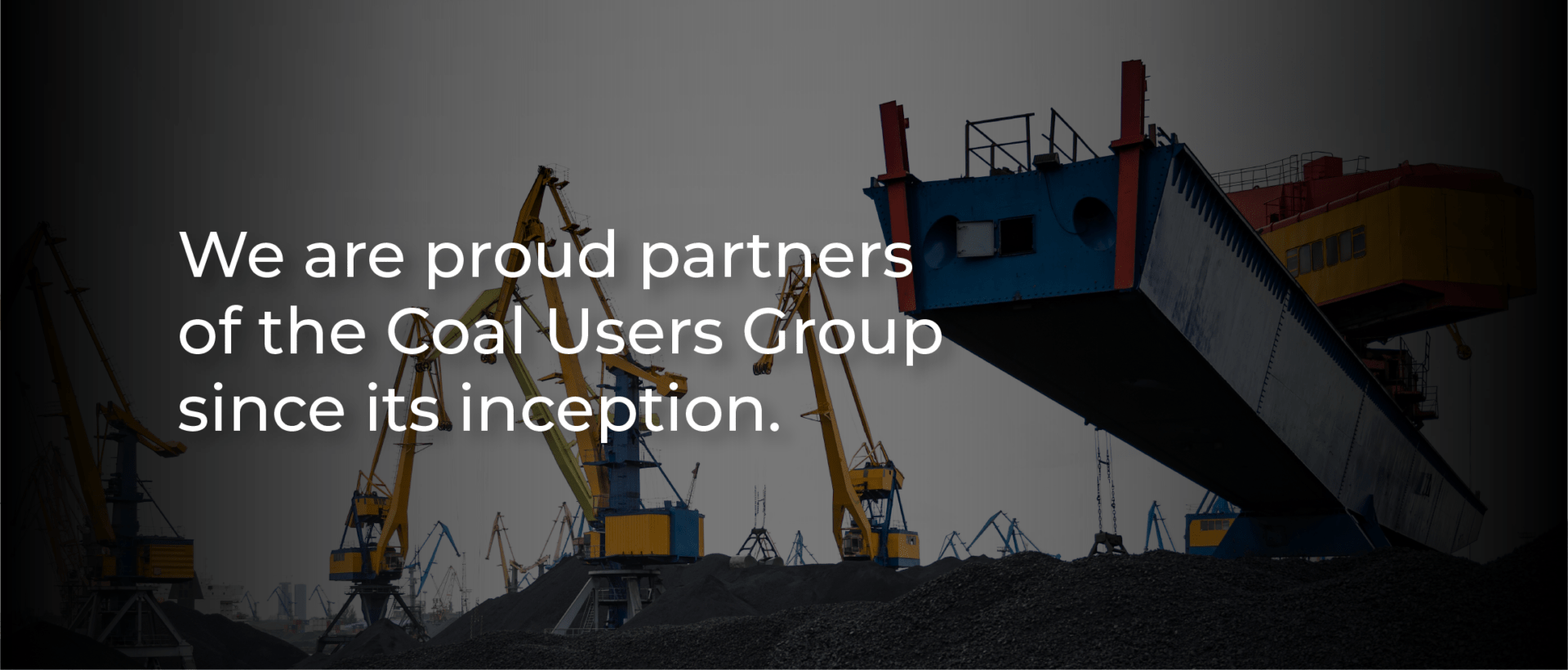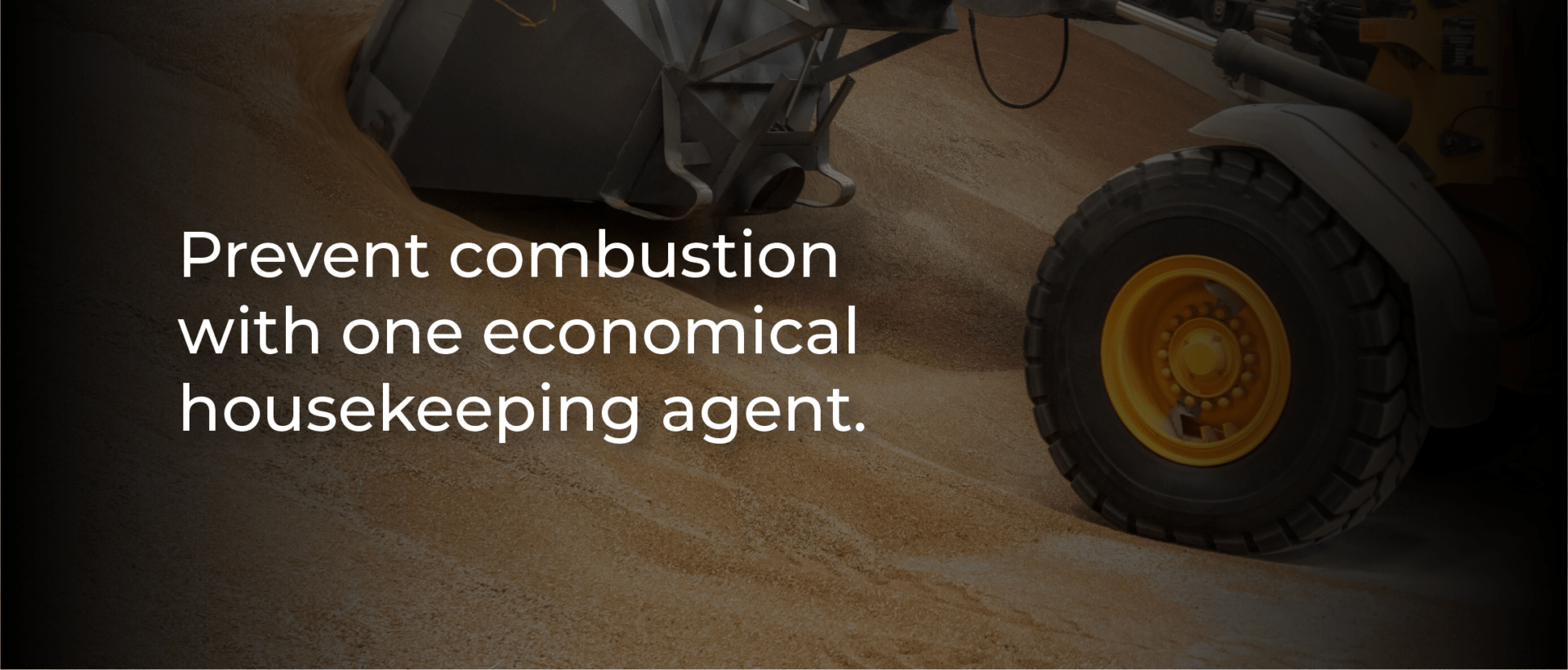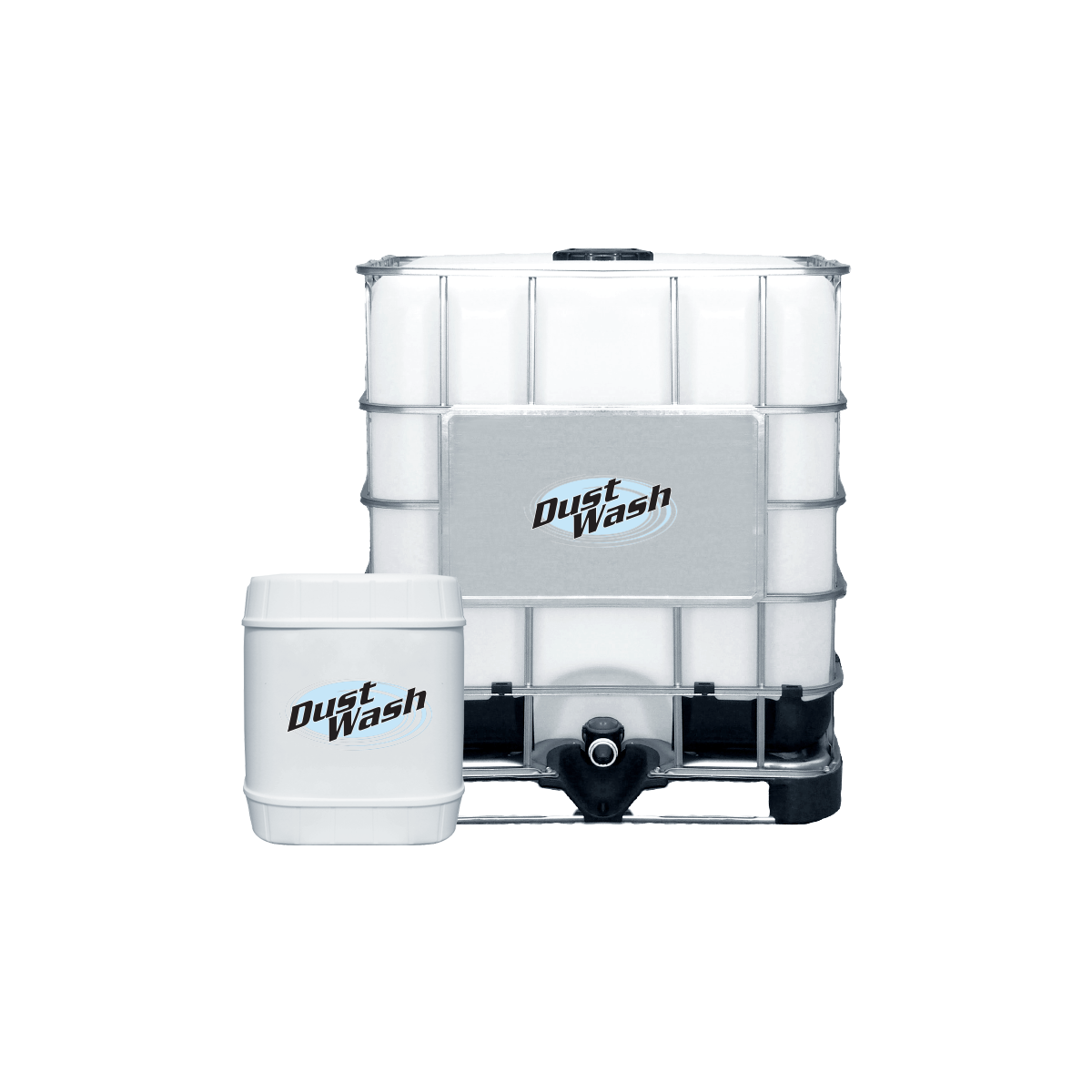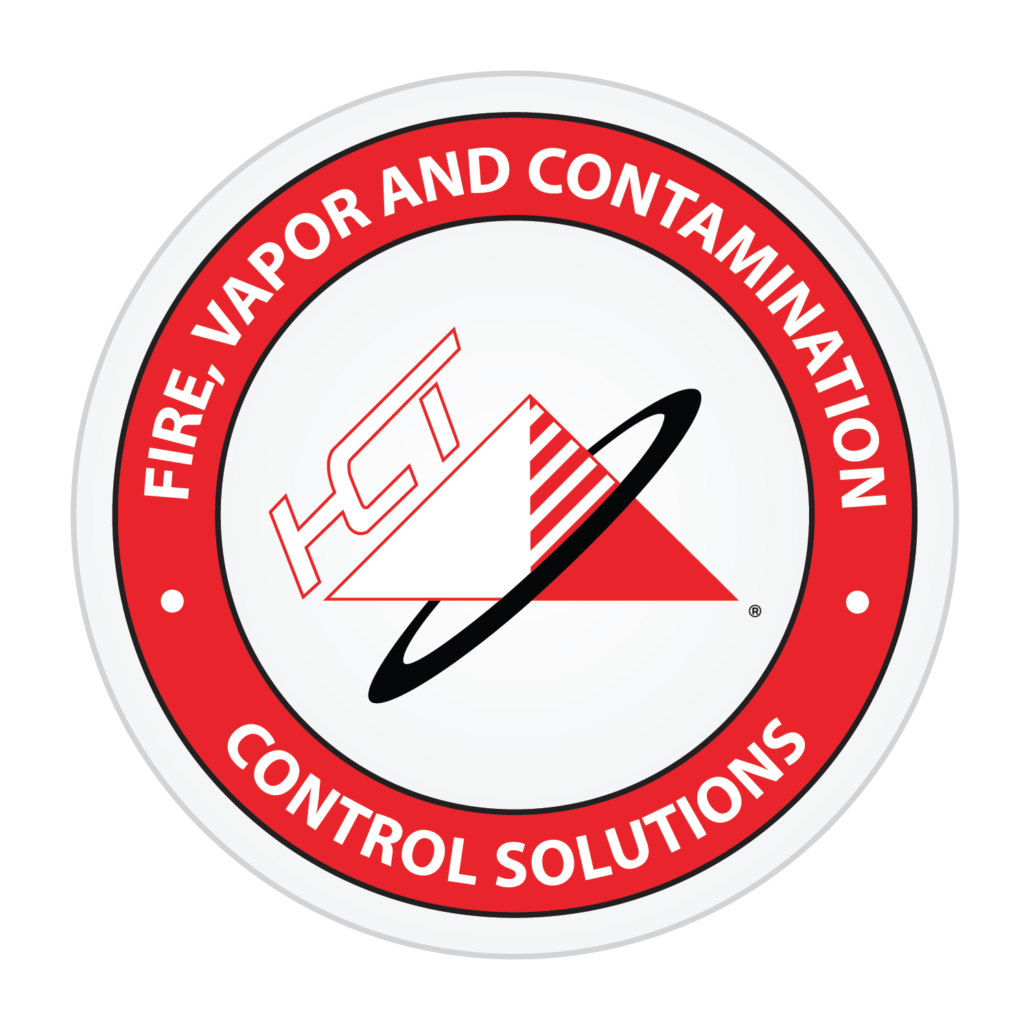The key to safely handling finely ground flammable materials in your facility, such as coal, is vigilant housekeeping.
Coal dust, especially PRB coal dust, is highly combustible and prone to spontaneous combustion the longer it is exposed to air and allowed to oxidize. The danger comes from small puffs or explosions that occur over time. If your facility is not regularly maintained, these minor explosions will cause dust to fall from rafters, light fixtures and walls, eventually leading to a much larger explosion.
Plain water is often used to mitigate dust hazards, but it can prove to be dangerous if there is a hot spot involved. The use of plain water will cause an explosive flare-up that can cause harm to personnel. Additionally, tripper rooms and other high hazard areas often lack adequate drainage. Excessive runoff caused by the use of plain water can end up in the silo. Too much water in the silo can lead to spontaneous combustion.
Dust Wash is a combination Encapsulator Agent and Foaming Agent. This allows it to efficiently capture dust and lift caked on dust from surfaces. Dust Wash is the safe solution as it does not cause burning coal to flare-up. It effectively minimizes runoff for safer housekeeping.
- Proportioned: 0.1% – 1.0%
- Sizes: 5-Gallon Pails, 55-Gallon Drums, 250-Gallon Totes, 275-Gallon Totes
Contact
Please fill out the form below for more information or to request a quote!




